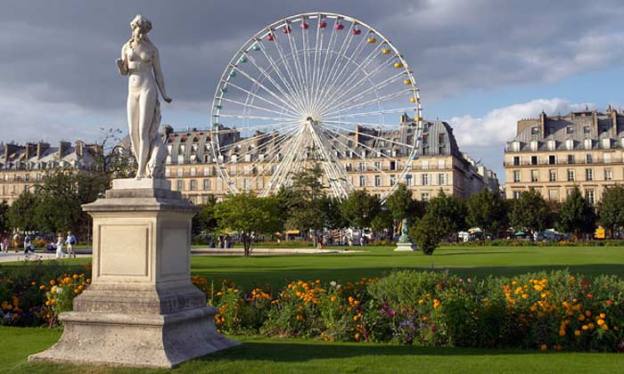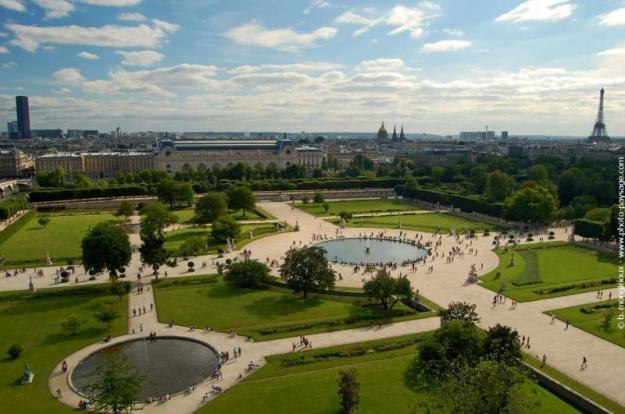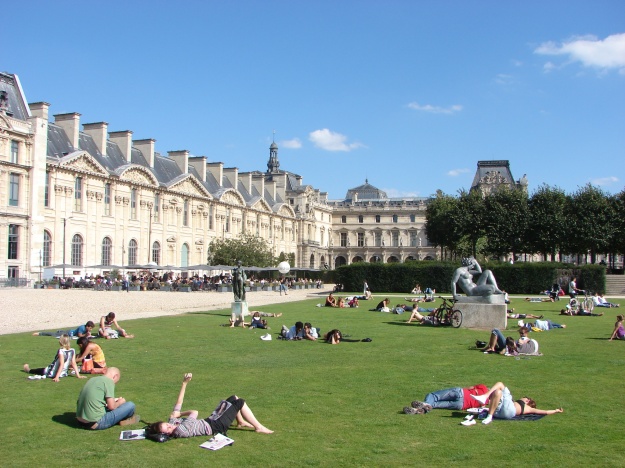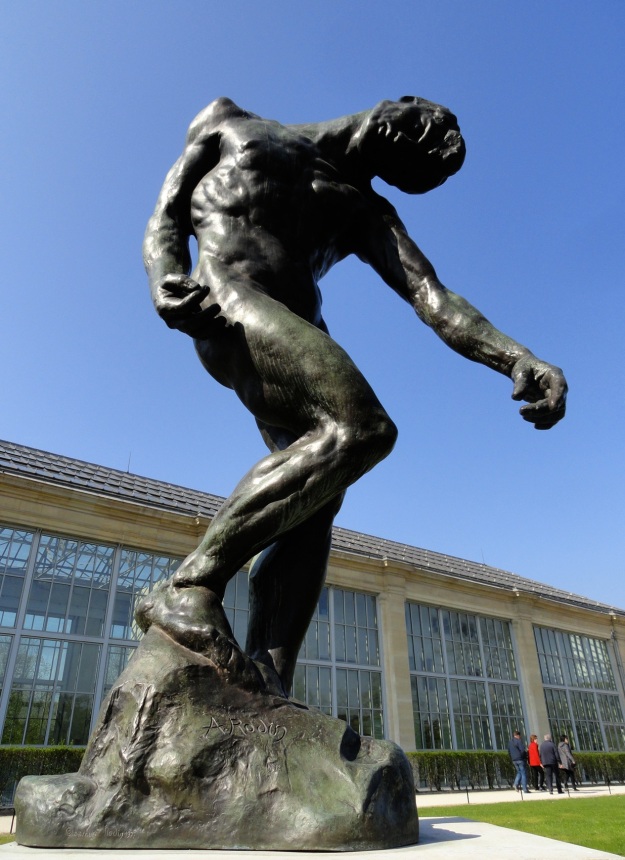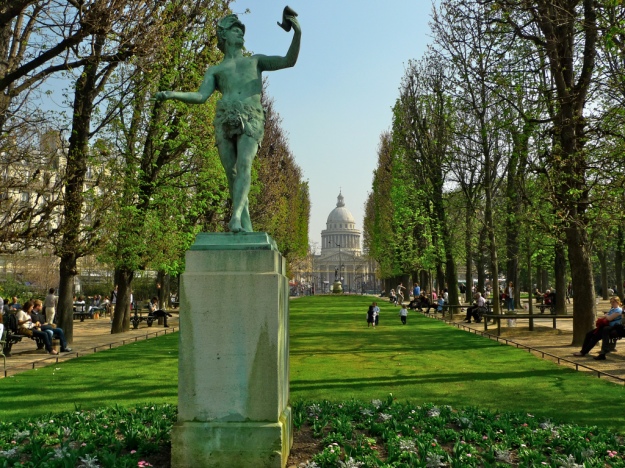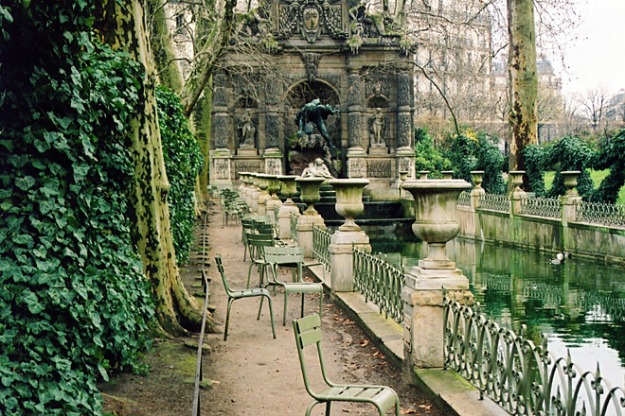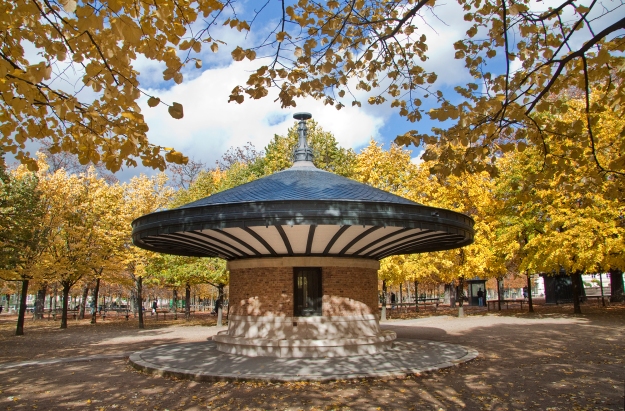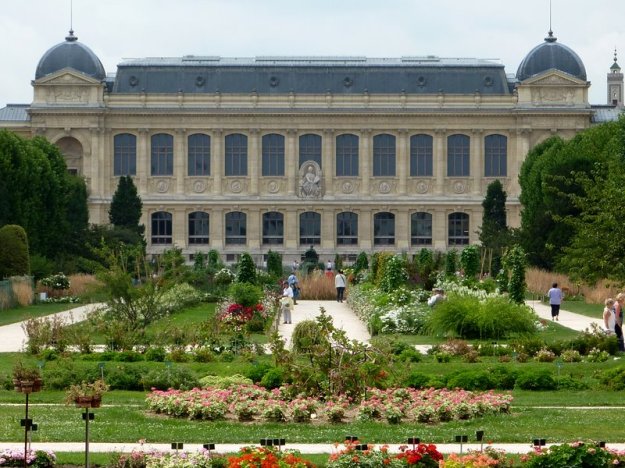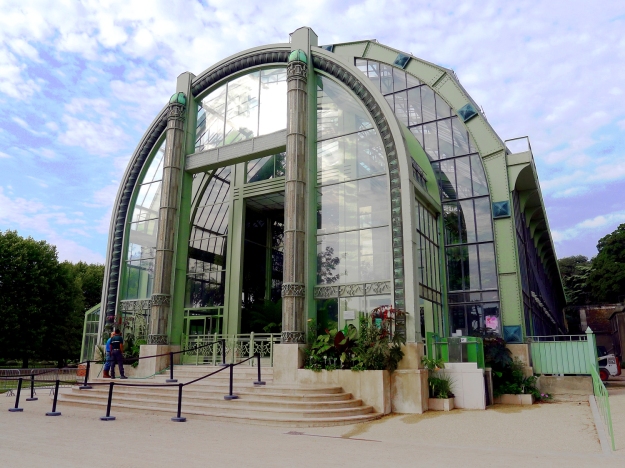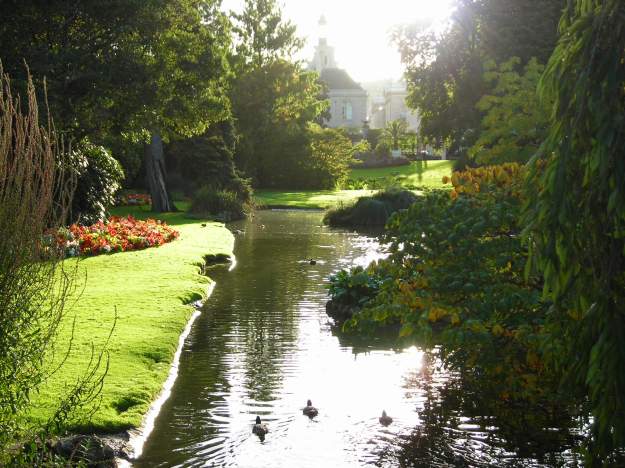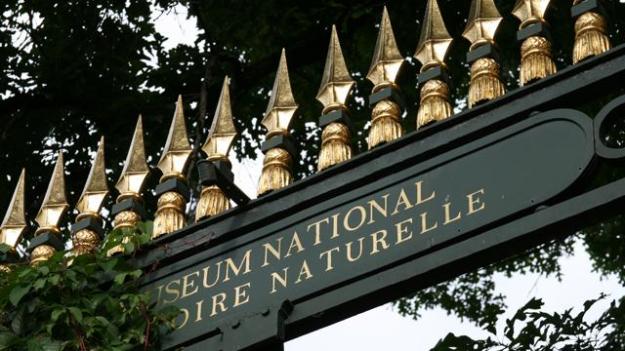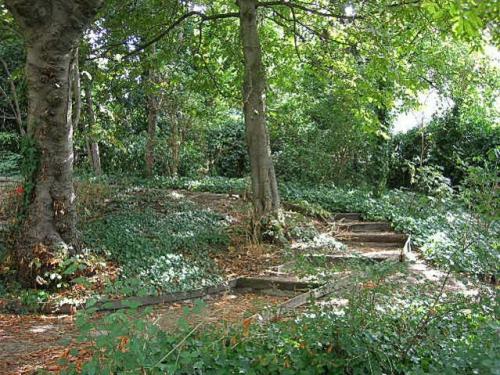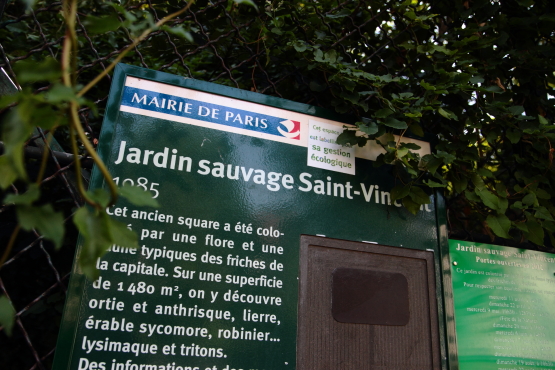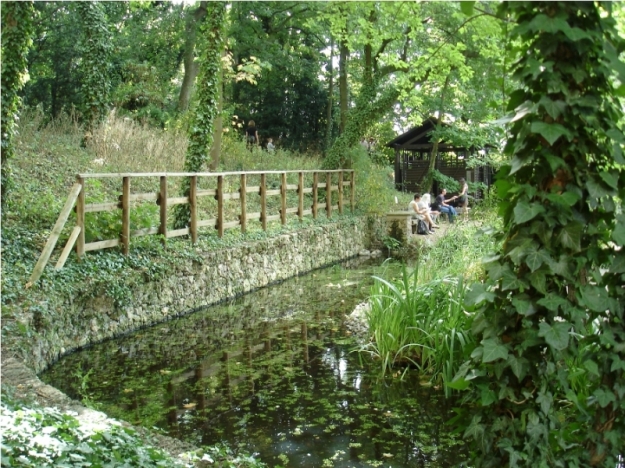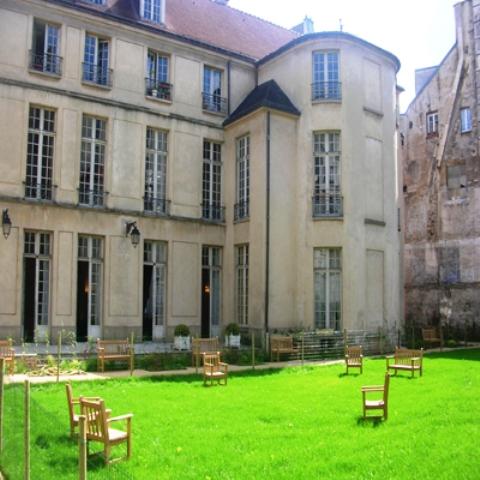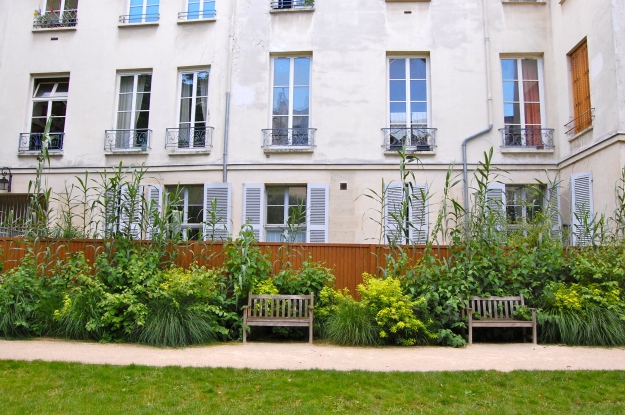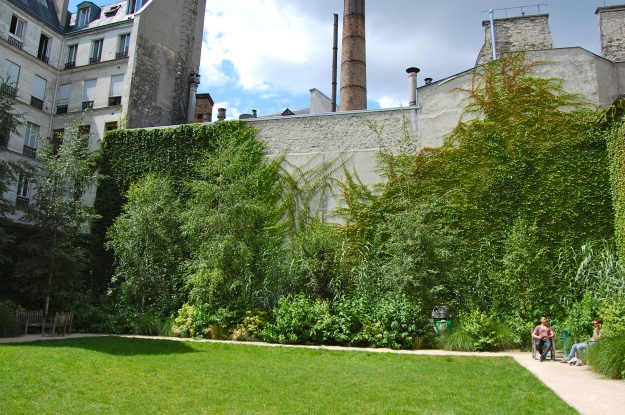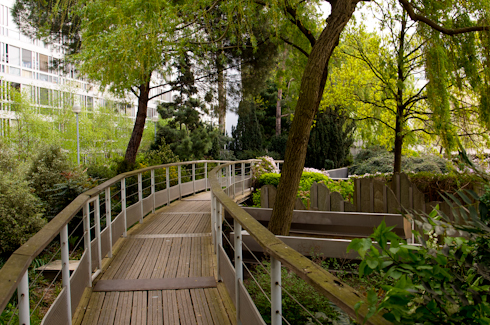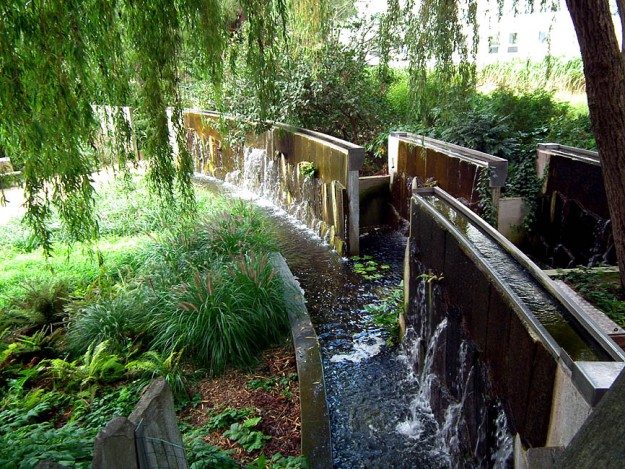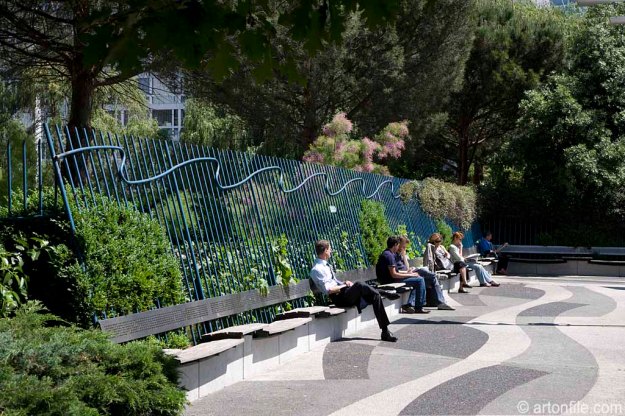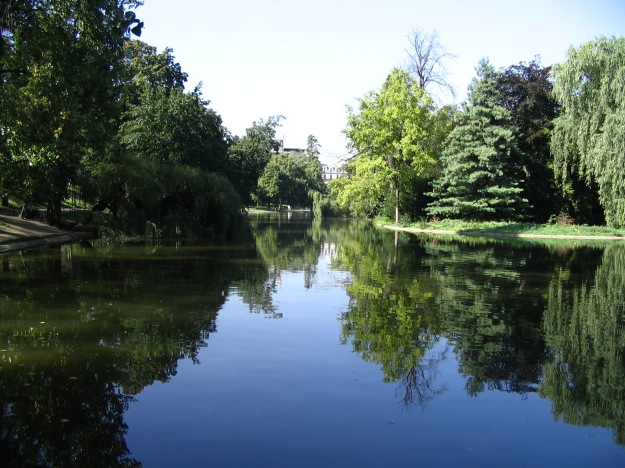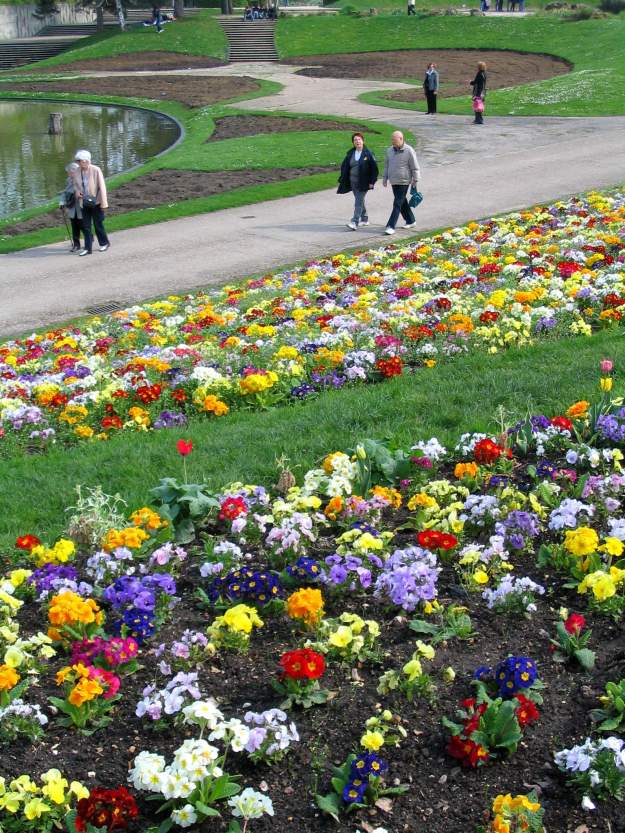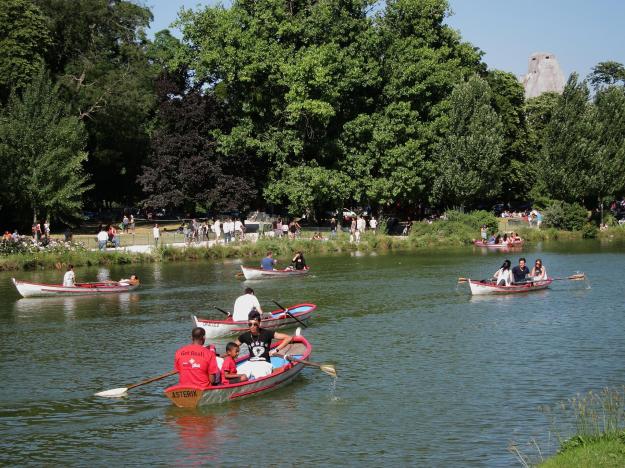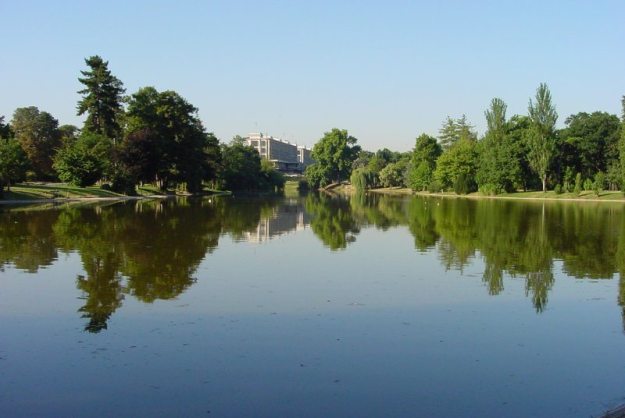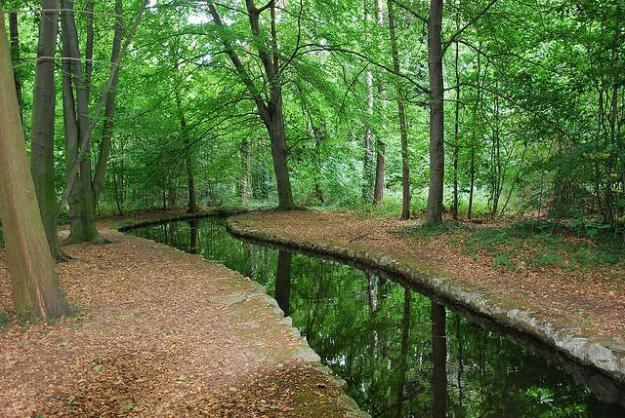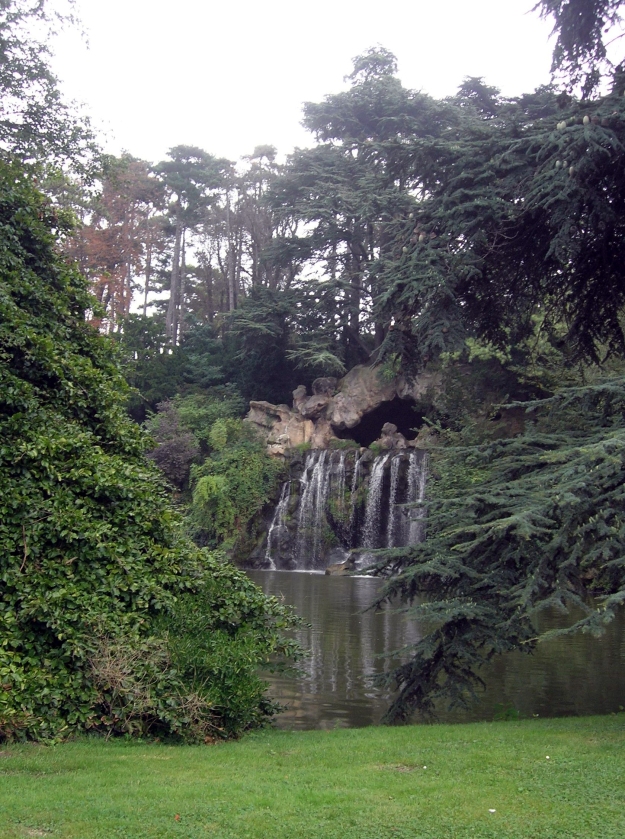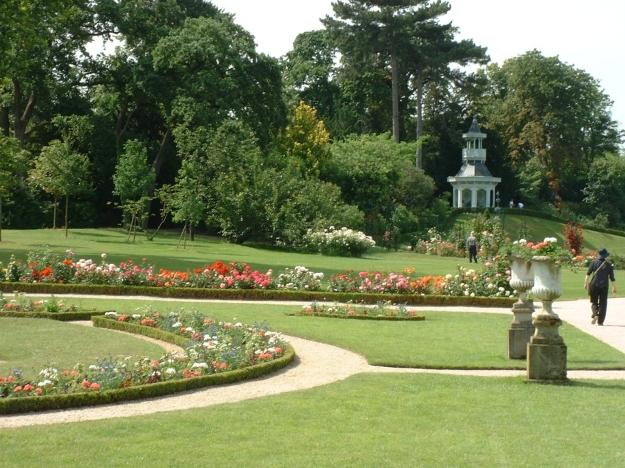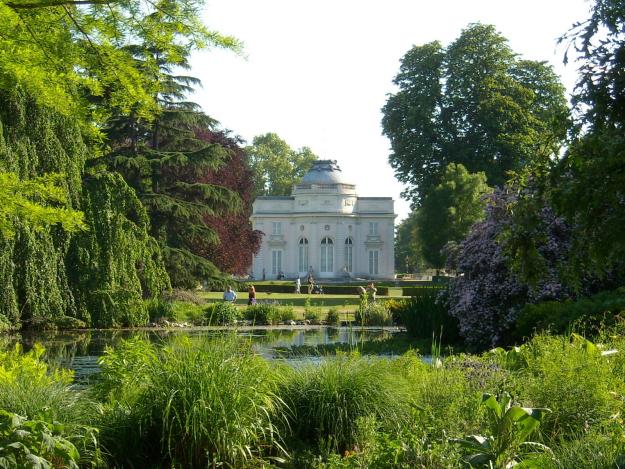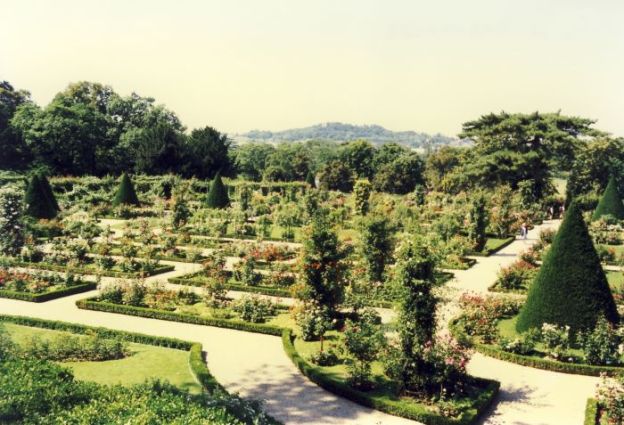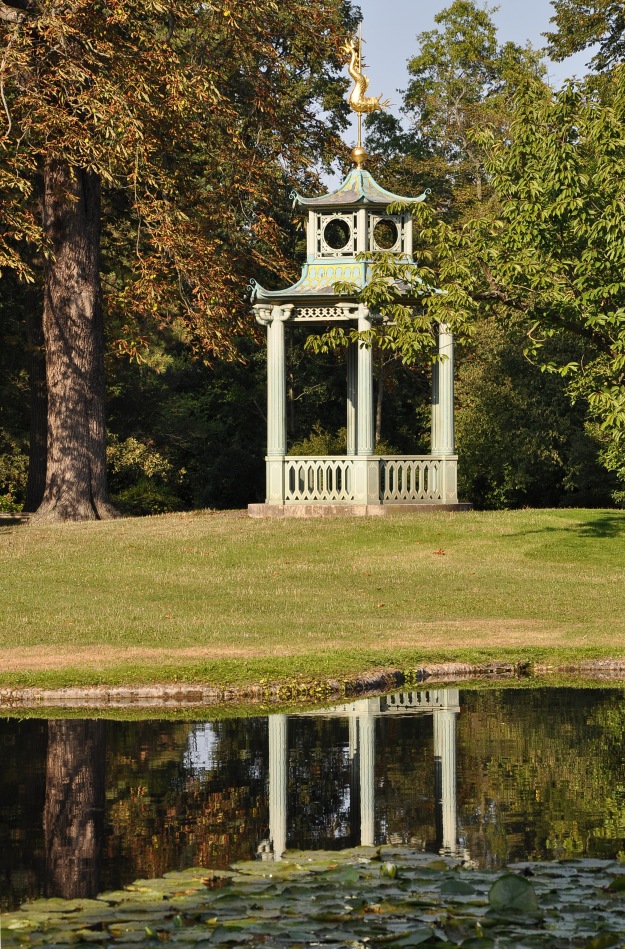Paris offers many jardins, beautiful parks in which to relax, have fun and meet up with friends for a coffee.
Moreover, all the Parisian parks are equipped with wi-fi.
Parigi offre tantissimi jardins, meravigliosi parchi in cui rilassarsi, divertirsi e incontrarsi con gli amici per un caffè.
Inoltre tutti i parchi parigini sono dotati di wi-fi.
Jardin des Tuileries
The Jardin des Tuileries is the oldest park in Paris, located between the Louvre Museum and the Place de la Concorde, in the first arrondissement.
Created at the behest of Caterina de ‘Medici in 1564, the garden was opened to the public in 1667.
French-style, square, geometric, was designed by the architect André Le Notre.
The majestic central avenue extends from the flower beds of the Arc du Thriomphe du Carrousel to Place de la Concorde.
The garden is relatively small, but richly decorated with groups of sculptures by artists such as Rodin, Giacometti, Jean Dubuffet, Henry Moore, Louise Bourgeois and Tony Craig.
The western part of the garden is: the Galerie Nationale du Jeu de Paume, an exhibition space dedicated to contemporary art and photography, and the Musée de l’Orangerie museum of Impressionist and Post-Impressionist.
The Tuileries garden also houses a Ferris wheel.
Il Jardin des Tuileries è il più antico giardino di Parigi, ubicato fra il Museo del Louvre e Place de la Concorde, nel I arrondissement.
Creato per volere di Caterina de’ Medici nel 1564, il giardino venne aperto al pubblico nel 1667.
In stile francese, squadrato e geometrico, fu realizzato su progetto dell’architetto André Le Notre.
Il maestoso viale centrale si estende dalle aiuole dell’Arc du Thriomphe du Carrousel fino a Place de la Concorde.
Il giardino è relativamente piccolo, ma riccamente decorato con gruppi di sculture realizzate da artisti come Rodin, Giacometti, Jean Dubuffet, Henry Moore, Louise Bourgeois e Tony Craig.
La parte occidentale del giardino ospita: la Galerie Nationale du Jeu de Paume, spazio espositivo dedicato all’arte contemporanea e alla fotografia, e il Musée de l’Orangerie, museo di pittura impressionista e post-impressionista.
Il giardino delle Tuileries accoglie anche una ruota panoramica.
Le Jardin du Luxembourg
The Luxembourg Gardens are a collection of public gardens, founded in 1612 by Maria de ‘Medici. The gardens extend over an area of 23 hectares, of sixth arrondissement of the city, in the heart of the Latin Quarter.
The French Senate has its headquarters here, inside the Palais du Luxembourg, while the old Hôtel Vendôme now houses des Mines de Paris Misc.
Inside the garden of Delacroix Avenue, is the Orangerie which is home to several plants called “d’Orangerie”, which came from mediterrranea.
Around the central terrace there are numerous statues depicting French queens and princesses, mythological figures and statues of famous people like Flaubert, Baudelaire.
The most famous monument is the Fontana dei Medici.
Small curiosity le Jardin du Luxembourg is the meeting place between Mauris Pontmercy and Cosette, characters in the novel Les Misérables by Victor Hugo.
I giardini di Lussemburgo sono un’insieme di giardini pubblici, fondati nel 1612 per volere di Maria de’ Medici. I giardini si estendono per un superficie di 23 ettari, su VI arrondissement della città, nel cuore del quartiere latino.
Il senato francese ha sede qui, all’interno del Palazzo del Lussemburgo; mentre l’antico Hôtel Vendôme oggi ospita des Mines de Paris Varie.
All’interno del giardino, su viale Delacroix, si trova l’Orangerie che ospita diverse piante dette “d’orangerie”, proveniente dall’area mediterrranea.
Attorno al terrazzo centrale si trovano numerose statue che raffigurano regine e principesse francesi, figure mitologiche e statue di personaggi illustri come Flaubert, Baudelaire.
Il monumento più celebre è la Fontana dei Medici.
Piccola curiosità le Jardin du Luxembourg è il luogo di incontro tra Mauris Pontmercy e Cosette, personaggi del romanzo I Miserabili di Victor Hugo.
Le Jardin des Plantes
The Jardin des Plantes , garden plant , is located in the fifth district and is part of the National Museum of Natural History.
The construction works started in 1626 at the behest of Louis XIII and was opened to the public in 1640.
In the park you can admire some ancient trees : a Robinia planted in 1636 and a Ginko Biloda of about 150 years.
In 1747 it was planted a Sophora of Japan , sent to Bernard de Jusseiu in seeds labeled ” unknown Chinese tree ” by a Jesuit who lived in China : the tree bloomed for the first time thirty years later .
In 1990 a group of flower growers realized a rose garden that is a kind of reconstruction of the history through rose 170 species and varieties .
The Alpine Garden is home to over 2,000 plants mountain from places like Corsica, the Alps and the Pyrenees.
The school of botany, created in the eighteenth century by André Thouin , includes around 4500 varieties of shrubs and plants.
The conservatory is housed in a greenhouse in art-deco style , designed by René Berger in 1937 , and includes climbing plants , ficus , palms and banana trees.
The greenhouse Mexican, by Rohault de Fleury , includes species typical of arid America , Southern Africa and Madagascar.
The ” menagerie ” of the garden is the second oldest zoo in the world, was created in 1795 on the initiative of Bernardin de Saint- Pierre, who moved zoo animals real Versailles and other private zoo .
Il Jardin des Plantes, giardino delle piante, si trova nel V arrondissement e fa parte del Museo nazionale di storia naturale.
I lavori di realizzazione iniziarono nel 1626 per volere di Luigi XIII e fu aperto al pubblico nel 1640.
Nel parco si possono ammirare alcuni alberi molto antichi: una Robinia piantata nel 1636 e un Ginko Biloda di circa 150 anni.
Nel 1747 fu piantato un Sophora del Giappone, mandato a Bernard de Jusseiu in semi con l’etichetta “albero cinese sconosciuto” da un gesuita che viveva in Cina: l’albero fiorì per la prima volta trent’anni più tardi.
Nel 1990 un gruppo di orticultori realizzò un roseto che rappresenta una sorta di ricostruzione della storia rosa attraverso 170 specie e varietà diverse.
Il giardino alpino ospita più si 2000 piante di montagna provenienti da luoghi come Corsica, Alpi e Pirenei.
La scuola di botanica, creata nel XVIII secolo da André Thouin, raggruppa circa 4500 varietà di arbusti e piante.
Il giardino d’inverno è ospitato in una serra in stile art-déco, realizzata dall’architetto René Berger nel 1937, e comprende piante rampicanti, ficus, palme e banani.
La serra messicana, opera di Rohault de Fleury, raggruppa specie tipiche delle zone aride dell’America, Africa meridionale e Madagascar.
La “ménagerie” del giardino è il secondo parco zoologico più antico del mondo: fu creato nel 1795 su iniziativa di Bernardin de Saint-Pierre che trasferì gli animali dello zoo reale di Versailles e di altri zoo privati.
Le Jardin Sauvage
The Jardin Sauvage is a wild garden on Rue St. Vincent, in the district of Montmartre. This park is a green corner that has developed spontaneously. Since 1985 the park, left to itself for a few years, has developed a wonderful flora consists of several species of wild plants, trees and shrubs. The city of Paris has decided to protect this area with the creation of a garden at the entrance reads: “Do not be surprised of what this garden. Since 1985, allow the vegetation to grow freely.”
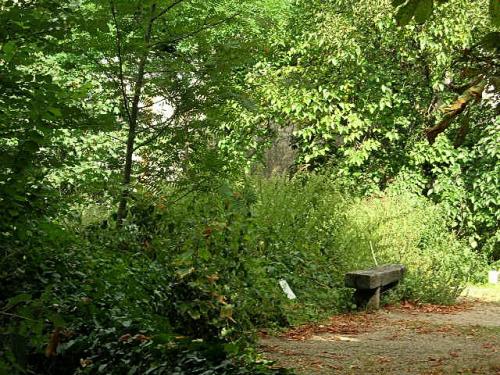 Il Jardin Sauvage è un giardino selvaggio sulla Rue St. Vincent, nel quartiere di Montmartre. Questo parco è un angolo verde che si è sviluppato spontaneamente. Dal 1985 il parco, lasciato a se stesso per qualche anno, ha sviluppato una meravigliosa flora costituita da diverse specie di piante selvatiche, alberi e arbusti. Il comune di Parigi ha deciso di proteggere quest’area con la creazione di un giardino, al cui ingresso si legge: “Non stupitevi dell’aspetto di questo giardino. Dal 1985, lasciamo che la vegetazione cresca liberamente”.
Il Jardin Sauvage è un giardino selvaggio sulla Rue St. Vincent, nel quartiere di Montmartre. Questo parco è un angolo verde che si è sviluppato spontaneamente. Dal 1985 il parco, lasciato a se stesso per qualche anno, ha sviluppato una meravigliosa flora costituita da diverse specie di piante selvatiche, alberi e arbusti. Il comune di Parigi ha deciso di proteggere quest’area con la creazione di un giardino, al cui ingresso si legge: “Non stupitevi dell’aspetto di questo giardino. Dal 1985, lasciamo che la vegetazione cresca liberamente”.
Jardin Francs Bourgeois-Rosiers
The Jardin Francs Bourgrois-Rosiers is a beautiful green area located between the Rue des Francs-Bourgeois and Rue des Rosiers, in the fourth arrondissement, specifically in the neighborhood of the Marais.
The garden covers an area of over two thousand square meters and was born from the union of the private gardens of some historic buildings including Hôtel de Coulanges (current Maison de l’Europe), and Barbes Hôtel Hôtel d’Albret.
The garden is not visible from the road and is accessed by passing through the courtyard of the Maison de l’Europe.
Il Jardin Francs Bourgrois-Rosiers è una splendida area verde posta tra la Rue des Francs-Bourgeois e Rue des Rosiers, nel IV arrondissement, precisamente nel quartiere del Marais.
Il giardino si estende su una superficie di oltre due mila metri quadrati e nasce dall’unione dei giardini privati di alcuni edifici storici tra cui Hôtel de Coulanges (attuale Maison de l’Europe), Hôtel Barbes e Hôtel d’Albret.
Il giardino non è visibile dalla strada e vi si accede passando attraverso il cortile della Maison de l’Europe.
Jardin Atlantique
The Jardin Atalntique is located in the fifteenth arrondissement, suspended on the tracks of the Gare Montparnasse.
The garden, which opened in 1994, born from the transformation in the green space of the structure that covers the railway station.
This roof garden was created by the designers Brun, Penna and Schnitzler.
The garden is crossed in the center by a pedestrian walkway that leads to the fountain “île des Hespérides”, the sculptor Jean-Max Llorca.
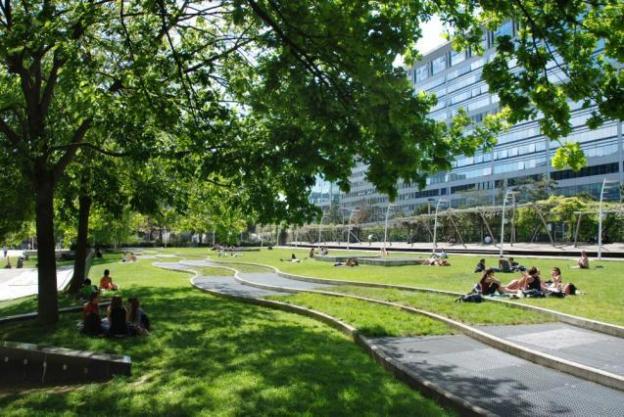
Il Jardin Atalntique si trova nel XV arrondissement, sospeso sui binari della stazione Gare Montparnasse.
Il giardino, aperto nel 1994, nasce dalla trasformazione in spazio verde della struttura che copre la stazione ferroviaria.
Questo giardino pensile è stato realizzato dai progettisti Brun, Penna e Schnitzler.
Il giardino è attraversato al centro da un passaggio pedonale che conduce alla fontana ” île des Hespérides”, dello scultore Jean-Max Llorca.
Le Bois de Vincennes
The Vincennes forest occupies an area of 995 hectares in the east of the French capital .
His name does not come from the city of Vincennes that borders the northern edge of the woods, but this city is to have taken its name from the park.
Originally called ” Vilcena ,” the Bois de Vincennes is what remains of the ancient forest that surrounded Lutezia , a favorite hunting area for hunting real .
Alphan dug Lake Gravelle : initially it was fed by the waters of the Marne through a pumping system and is currently powered by the Seine.
The forest includes four lakes : Lake Gravelle , south -east , it serves as a backup for the other lakes , Lake Minimes , north- east , has two islands, a lake in the north- west and Lake Dausmenil , the larger.
Dausmenil The lake has two islands , the island of Reuilly and the island of Bercy, accessible by bridges. Close to its shores is the Pagoda of Vincennes and the Tibetan Buddhist temple of Kagyu – Dzong .
In the Bois de Vincennes are also the racecourse of Vincennes , the Château de Vincennes , a tropical garden created for the Colonial Exhibition of 1907 and a zoological park .
Il bosco di Vincennes occupa una superficie di 995 ettari nella zona est della capitale francese.
Il suo nome non deriva dalla città di Vincennes che confina col limite nord del bosco, ma è questa città ad aver preso il nome dal parco.
Chiamato originariamente “Vilcena”, il bosco di Vincennes rappresenta ciò che rimane dell’antica cinta boschiva che circondava Lutezia, zona di caccia prediletta per le battute di caccia reali.
Alphan fece scavare il Lago di Gravelle: inizialmente fu alimentato dalle acque della Marna attraverso un sistema di pompaggio e attualmente è alimentato dalla Senna.
Il bosco comprende quattro laghi: il lago di Gravelle, a sud-est, serve da riserva per gli altri laghi; il lago di Minimes, a nord-est, presenta due isole; un lago a nord-ovest e il lago Dausmenil, il più grande.
Il lago Dausmenil presenta due isole, l’isola di Reully e l’isola di Bercy, accessibili grazie ai ponti. Vicino alle sue sponde si trova la Pagoda di Vincennes e il tempio buddista tibetano di Kagyu-Dzong.
Nel Bois de Vincennes sono presenti anche l’ippodromo di Vincennes, il castello di Vincennes, un giardino tropicale creato per l’esposizione coloniale del 1907 e un parco zoologico.
Le Bois de Boulogne
The Bois de Boulogne covers an area of 846 acres, on the western edge of the sixteenth arrondissement, across the Seine River and the border with Boulogne-Billancourt and Neuilly-sur-Seine.
In ancient hunting ground of the kings of France, today the Bois de Boulogne is one of the most popular places to relax in Paris.
More than twenty centuries ago, this place was occupied by a huge forest that included the present forest of Montmorency, Saint-Germain-en-Laye, the wood of Chaville and the forest of Meudon.
In the forest we created two lakes connected values, Lac Inferieur and the Grand Lac, a paradise for boating enthusiasts.
Among the main points of interest include Longchamp Racecourse, the Jardin d’Acclimatation, an adventure park for children, the museum Exploradôme.
Inside the forest is also the Parc de Bagatelle.
Il Bois de Boulogne si estende su una superficie di 846 ettari, al limite occidentale del XVI arrondissement, lungo la Senna e al confine con Boulogne-Billancourt e Neuilly-sur-Seine.
Anticamente riserva di caccia dei re di Francia, oggi il bosco di Boulogne è uno dei luoghi di relax maggiormente frequentati di Parigi.
Più di venti secoli fa, questo luogo era occupato da una foresta gigantesca che comprendeva le attuali foreste di Montmorency, di Saint-Germain-en-Laye, il bosco di Chaville e il bosco di Meudon.
Nel bosco sono stati creati due laghi collegati tra lori, il Lac Inferieur e il Grand Lac, paradiso per gli appassionati di canottaggio.
Tra i principali luoghi di interesse: l’ippodromo Longchamp, il Jardin d’Acclimatation, un parco d’avventura per bambini, il museo Exploradôme.
All’interno del bosco si trova anche il Parc de Bagatelle.
Parc de Bagatelle
The parc at Bagatelle is located in the heart of the Bois de Boulogne.
Built in 1775, the park and castle were built in 64 days as a result of a bet between Marie Antoinette and the Count D’Artois.
Very beautiful are the gardens of the iris and the rose garden, where there are 10,000 roses of over a thousand different species.
Since 1907 hosts an international competition dedicated to roses, the “Concours International de Roses Nouvelles de Bagatelle.”
Il parc da Bagatelle è situato nel cuore del Bois de Boulogne.
Costruito nel 1775, parco e castello furono realizzati in 64 giorni, in seguito ad una scommessa tra Maria Antonietta e il Conte D’Artois.
Molto belli sono il giardino degli iris e il roseto, dove si trovano 10 mila rose di oltre mille specie diverse.
Dal 1907 ospita un concorso internazionale dedicato alle rose, il “Concours International de Roses Nouvelles de Bagatelle”.
(Images from Web)


